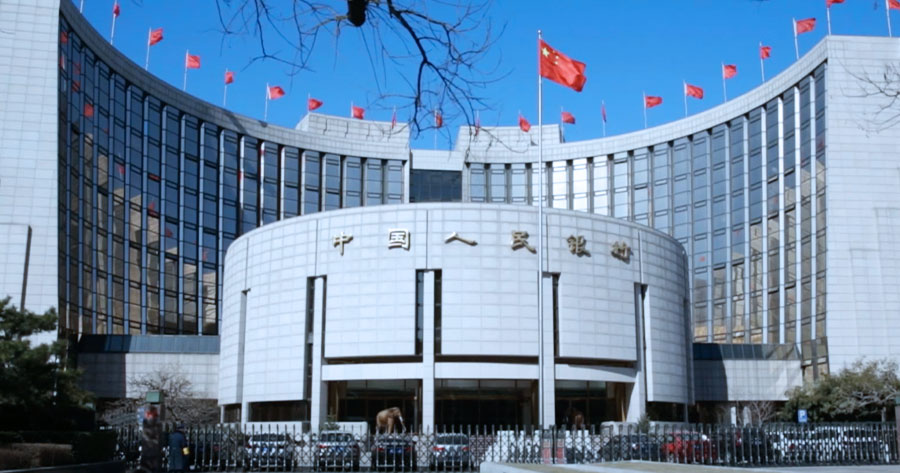The People’s Bank of China (PBOC) opted to maintain its one-year policy rate unchanged, following a substantial reduction in funding costs the previous month, indicating a cautious approach towards providing monetary support for the economy.
The central bank held the interest rate on the medium-term lending facility at 2% while withdrawing a net 89 billion yuan ($12.5 billion) for October in a statement released on Friday. The decision to keep the rate steady was in alignment with the predictions of all but one of the 15 economists surveyed by Bloomberg.
Despite the unprecedented 30 basis point cut in late September for the funding facility, the rate is undergoing a shift to a shorter-term alternative as the primary tool to guide markets as part of the central bank’s recent policy tools overhaul.
Eyes are on any forthcoming stimulus measures from China, especially after PBOC Governor Pan Gongsheng announced significant rate reductions and changes to the reserve requirement ratio in a notable press conference last month.
These moves are aimed at freeing up liquidity for banks to enhance lending and assist the economy in achieving its growth target of about 5% for this year.
Xiaojia Zhi, Credit Agricole SA’s chief economist, observed that the actions taken by the PBOC align with market expectations, but it does not signify a lack of support for liquidity by the central bank.
The offshore yuan remained steady following the MLF operation on Friday, while the ten-year government bond yield held at 2.15%.
China encountered its slowest economic expansion in six quarters in the three months up to September, influenced by sluggish domestic demand and an ongoing property crisis. Yet, signs of improvement emerged towards the end of the period, with retail sales gaining momentum in September.
On Friday, the PBOC injected 700 billion yuan in cash through MLF as 789 billion yuan of funds matured. Analysts mentioned that the net withdrawal mirrors the decreased cash request from banks following the earlier RRR reduction, along with the MLF’s cost at 2% remaining higher than market rates and other PBOC instruments.





